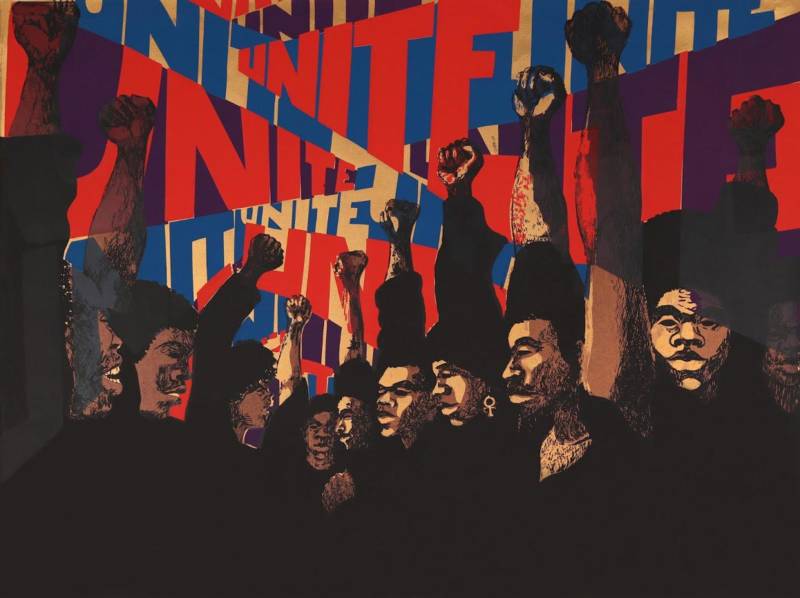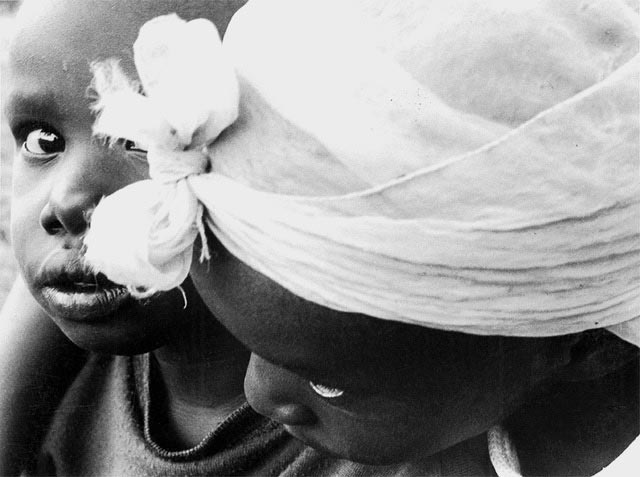The exhibition Soul of a Nation: Art in the Age of Black Power 1963–1983 premiered at the Tate Modern in London in 2017, has traveled to the Broad Musuem in Los Angeles, and, starting Nov. 9, will call San Francisco home through March 2020.
It features the works of artists Romare Bearden, Charles Alston, Norman Lewis and Hale Woodruff, who founded the legendary Spiral Group in the mid-’60s. Also included are the works of the AfriCOBRA group (the African Commune of Bad Relevant Artists), which originated in Chicago in the late ’60s; one of their more famous contributions to the movement is The Wall of Respect. And there’s work from the group Just Above Midtown (JAM), created in 1974 by Linda Goode Bryant.
To kick things off on Nov. 9 is a day-long block party during which admission is totally free, with a workshop by San Francisco’s own Malik Senefru and performances from R&B, rap and jazz artists like Martin Luther, Vocal Rush, Sistah Iminah, Howard Wiley, Ruby Ibarra and Aneesa Strings.
Tell all this to your average Bay Area art fan, and they’d probably have a hard time guessing the venue: the de Young Museum.
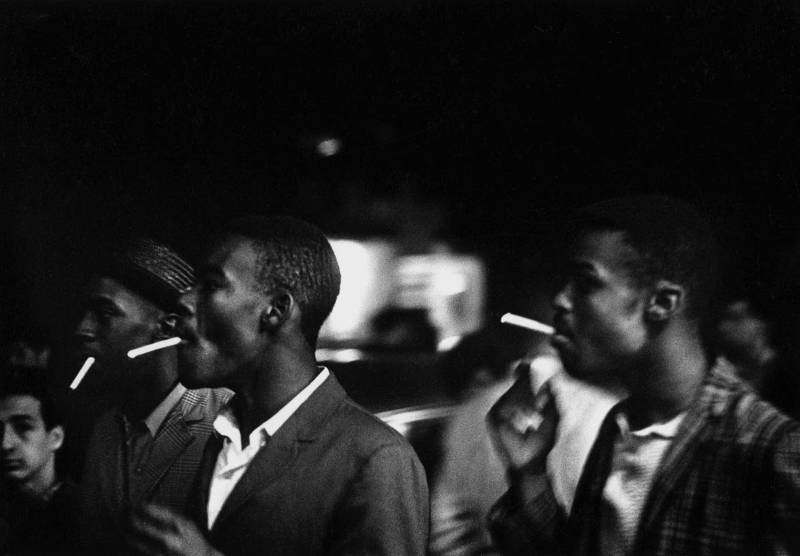
How’d the “the most visited art museum west of the Mississippi” (according to The Art Newspaper in 2012) get into throwing an event celebrating black power?
“Last November the de Young hired Thomas Campbell as the new executive director, after a few years of rocky times,” says Francesca D’alessio, the de Young’s senior manager of public programs. (Those rocky times include going through four executive directors in the past decade.) But now, she says, the museum wants to turn a new leaf.
“The de Young needs to be rooted again in community,” D’alessio says. “After all, it is the city’s museum.”
In working to build those bridges, the museum recently launched a free Saturday admission program for all San Francisco residents. In November, the entire museum will be free on select Saturdays—and that’s for all folks, not just San Francisco residents.
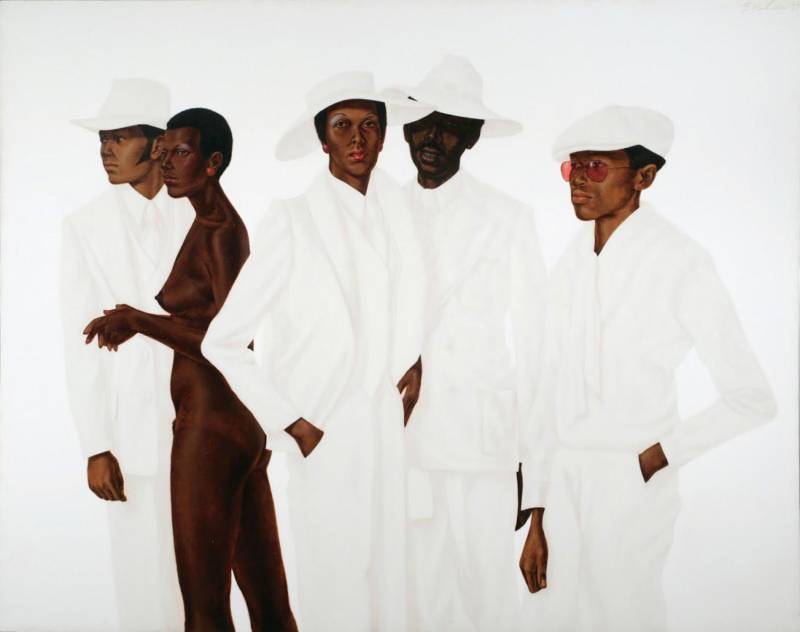
Still, “de Young” and “black power” in the same sentence just sounds weird. It’s the same museum where the ever-controversial and influential Dede Wilsey stepped down from her role as president and chair of the board of trustees that oversees the museum (as well as its neighboring fine arts establishment, the Legion of Honor) earlier this year. Wilsey, an investor in the arts and a donor to the Republican party, still remains involved in the museum as chair emerita.
“If you know anything about the de Young, this is the most culturally black thing I’ve seen them do,” says Jahi of Public Enemy Radio, one of the curators of the Nov. 9 block party.
Jahi, who’s called the Bay Area home for 20 years, tells me that from his own experience and that of the many musicians he knows, “I know a lot of the struggles people face when it comes to getting on a big stage out here.” Often, he adds, local talent will usually only be used as an opening act for national or international artists, especially at major venues like a world-renowned museum.
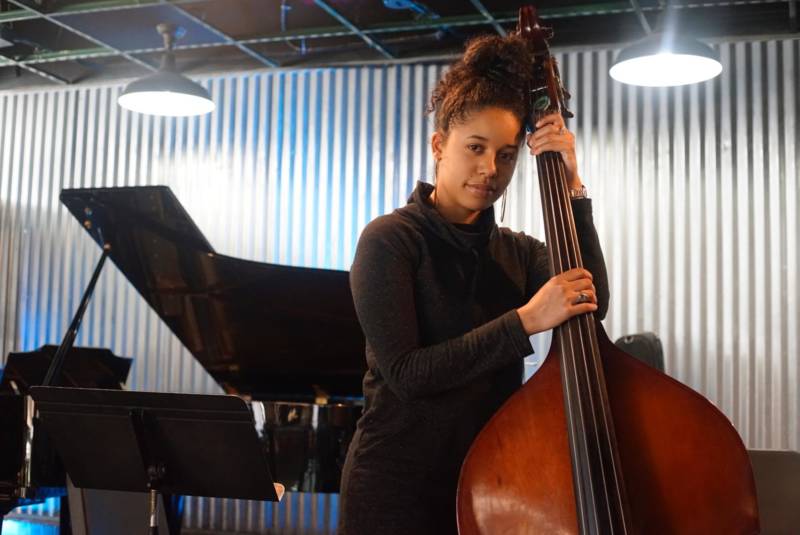
So, when he was given the opportunity, “I just booked all of the great Bay Area artists I could think of,” Jahi says. “To see them all on the same bill, on the same day, man! I just wanted to create something that I’d look at and say, ‘I’ll take the family and be there all day.’”
Beyond the local kickoff, scheduled events during the exhibition’s 18-week run are also curated by Bay Area artists and activists. On Dec. 14, Bay Area legends Souls of Mischief perform and screen their documentary film, ‘Til Infinity, by Shomari Smith. On Feb. 8, Ericka Huggins, former head of the Black Panther Party’s school, leads a workshop in a reconstructed Party school classroom, complete with archival texts and lesson plans. On Feb. 15, Fredrika Newton, widow of the late Huey P. Newton, speaks at the museum about love.
